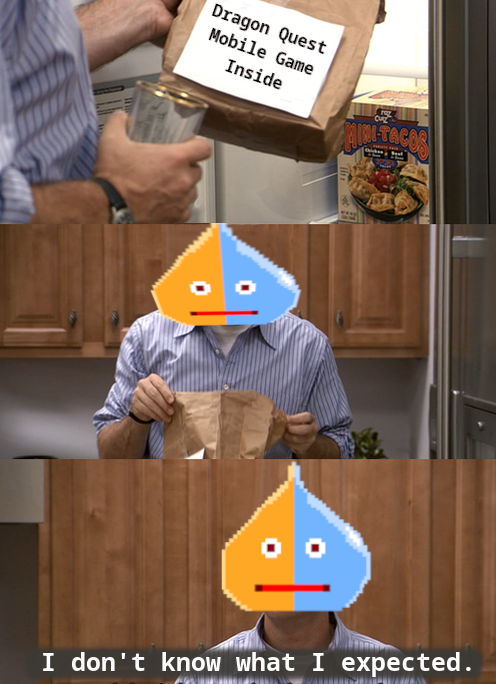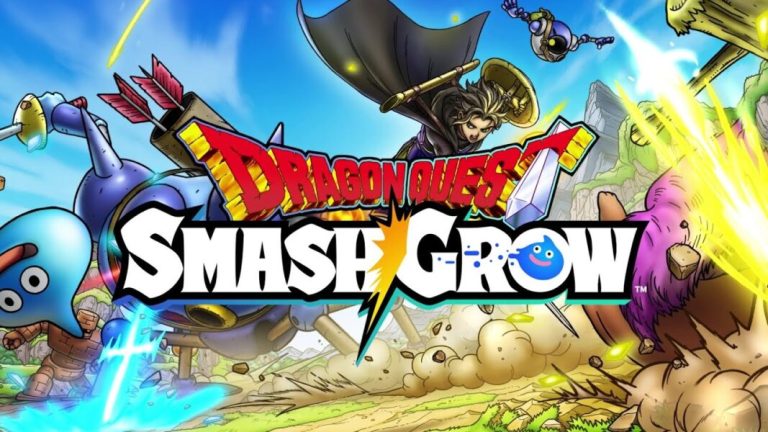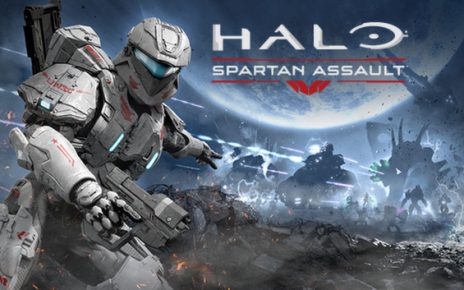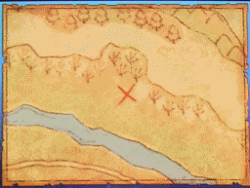Please Note: The full version of Dragon Quest: Smash/Grow releases globally “Early 2026”.
Mobile gacha games aren’t my thing. But Dragon Quest is. So I decided to give their new mobile title, Dragon Quest Smash/Grow, a go.
You’d be forgiven for not knowing what the title even means; I’m not sure Square Enix does either. But this is a typical gacha RPG that borrows its gameplay loop from Vampire Survivors.
And like the typical gacha RPG, it’s the digital quivalent of a slot machine draped in Dragon Quest nostalgia. It borrows the charm of DQ’s music, writing, monsters, and gear, then turns them against the player in a loop of dopamine hits and despair. I hate it—and I get it. Watching your team snowball from fresh recruit to unstoppable killing machines (not the monster) is intoxicating in that Skinner-box kinda way. It’s the same reward loop that keeps you saying, “Just one more round,” even as your soul gradually checks out.
Alright, I lied when I said I get it. I understand the addiction, not the fascination. Inventory management is a pain. Reward claiming is a chore. And feeling pressured to complete limited-time content with a mediocre story before it’s taken out of rotation is stressful and jading. Why am I playing this? Who is it for? Do people truly enjoy the gameplay, or just the dopamine cycle it initiates?
The story is nothing to write home about. Not egregiously bad, mind you—just your typical mobile game fare. It places the player in the role of a fresh recruit of the Dragon Wings, a guild of adventurers who enter ‘Rifts’ (levels), defeating monsters and ‘Alphas’ (bosses). The trend of “Pink-DQ-Gacha-Sidekick” has been abandoned this time, in favor of a robot named Roly, a move for the better in my opinion.
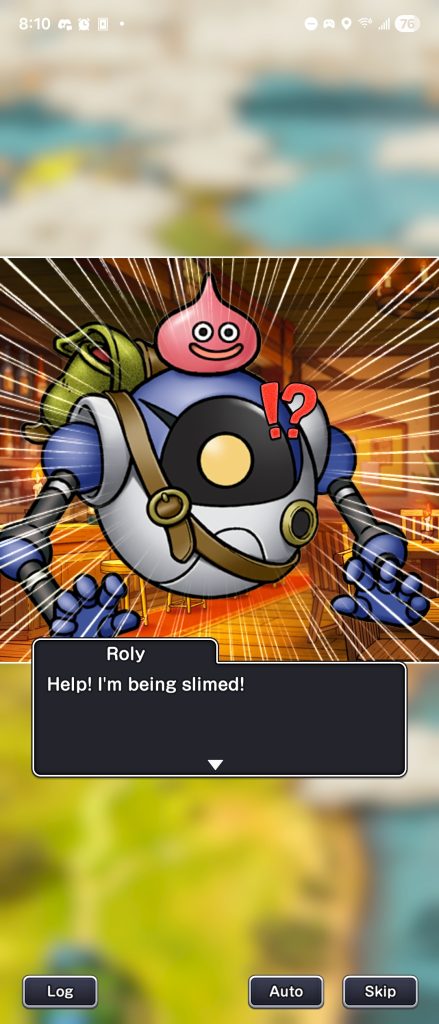
Levels are linear, with no branching paths and very little variety. As the player moves through it, they are locked into sections where they must defeat waves of monsters before they may progress. Farther into the game, the battlefield is dotted with obstacles and hazards. Rocks create barriers you must maneuver or around or use for cover. Ranged enemies fire projectiles, driving you to hide behind scenery. Some enemies like Bubble Slimes leave patches of poison in their wake, making the field more dangerous to traverse.
Combat is where this game shines. It’d be apt described as chaotic minimalism. The goal is to survive. The player auto-attacks, so combat isn’t about precise timing but about positioning, upgrade choices, and managing odds.
Mechanically, it’s basically a reverse bullet hell: instead of dodging deadly projectiles, you wade through hordes of enemies, turning the screen into a flurry of spell effects and weapon strikes. Early on, it’s tense and tactical. Twenty minutes later, you’re an unholy blender of light and death, erasing everything that dares to exist. The combat loop runs on dopamine: weak start, steady climb, total domination, sudden death. It’s hypnotic and satisfying.
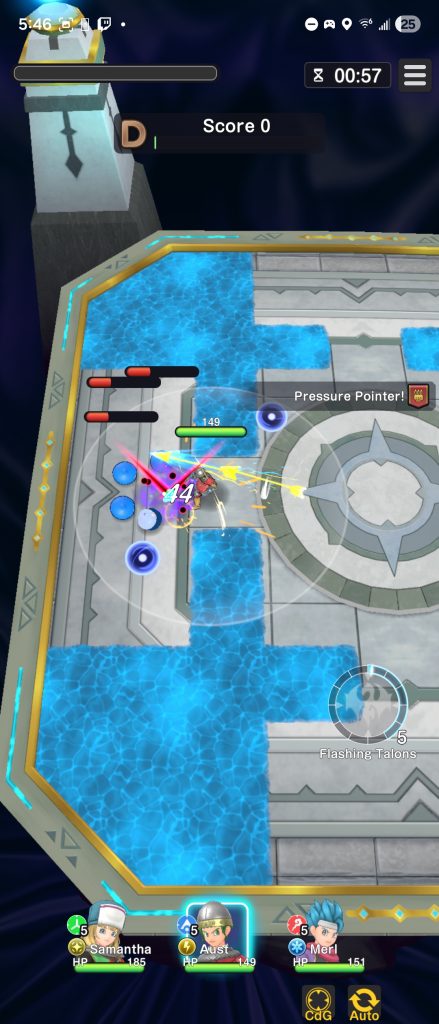
Unfortunately, the auto-battler can handle a lot of it for you. If watching a game play itself breaks the illusion for you, then this might too. And while the combat is engaging, it’s not something you must experience. In the later levels, I found myself turning on the auto-battler and reading a book. If left unattended, it chooses upgrades for you (called Blessings) and handles evasion and item gathering. It’s not optimal, but it works—which kind of sums up the whole experience.
Fans laud customization as one of the game’s strengths. Creating your own Dragon Quest character has never been a bad time and the NPC designs have that classic Toriyama art style that we all love. The pick-up-and-play aspect of the game also resonates with players. Missions are never that long and can be paused if something needs your attention.
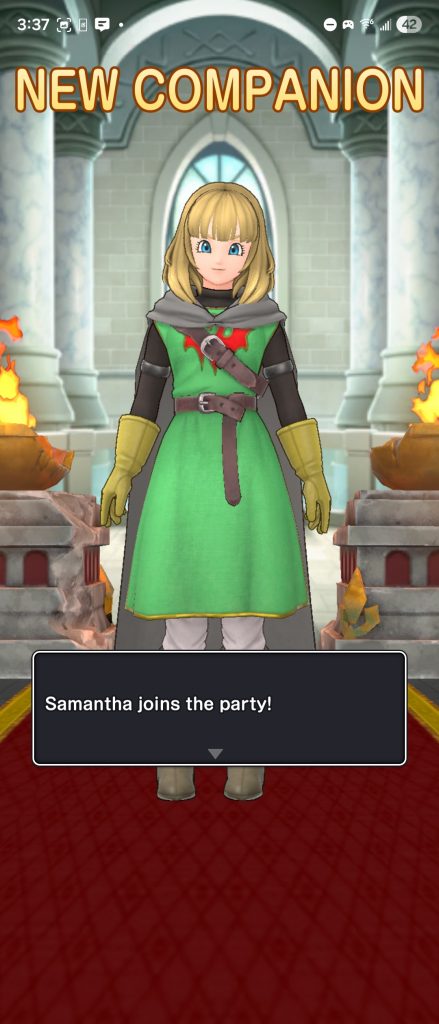
Another celebrated feature is the inclusion of co-op missions, something missing from DQ gacha since Dragon Quest of the Stars. These stages play much like the solo content, only now you’re usually restricted to one spot, defending an objective from waves of enemies. The difficulty is noticeably higher, often frustratingly so. There’s little real strategy among players beyond deciding whether to split up and handle separate groups or gang up on a single target.
The real boss fight isn’t the monsters, it’s the menus. Six different tabs for rewards, each demanding you press ‘Claim All’, sometimes twice since claiming one set unlocks another. It’s tedium disguised as interactivity, and I’m convinced it exists purely to inflate time spent in the app.
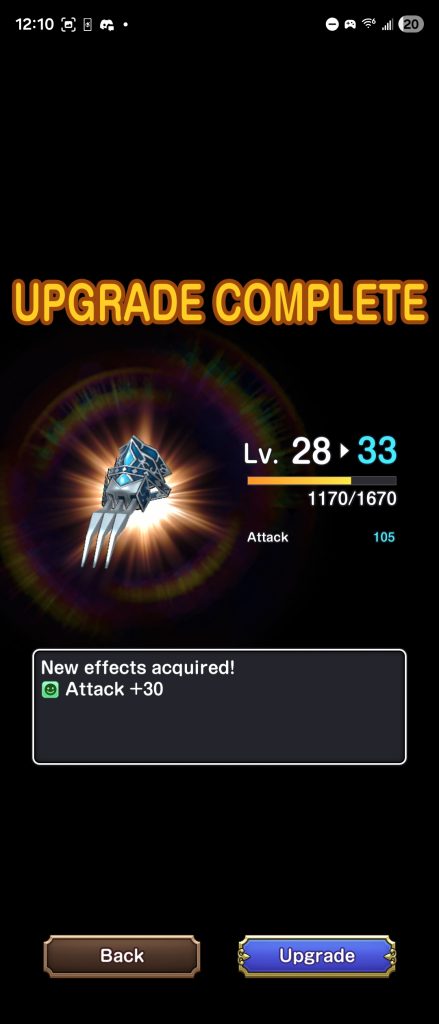
Upgrade management is also tedious, boring, and uninspired. But necessary if you want to keep up with the ramping difficulty. Completing levels grants drops you can use to upgrade Armor and Weapons. Once a piece of gear has reached its max level, it must be “Ascended”, increasing its star rank and raising the level cap. You do this by combining duplicates of said gear, often requiring you to re-play older levels over and over.
You can also equip “Memories”, tokens tied to specific monsters dropped after each level. They come in ranks from D to S, with D being the lowest. To upgrade one, you fuse it with two copies of the same memory from the rank below. Combine a C-rank Slime with two D-ranks, and you’ll get a B. The rarer monsters drop less often, forcing you to replay stages endlessly for a chance at better loot.
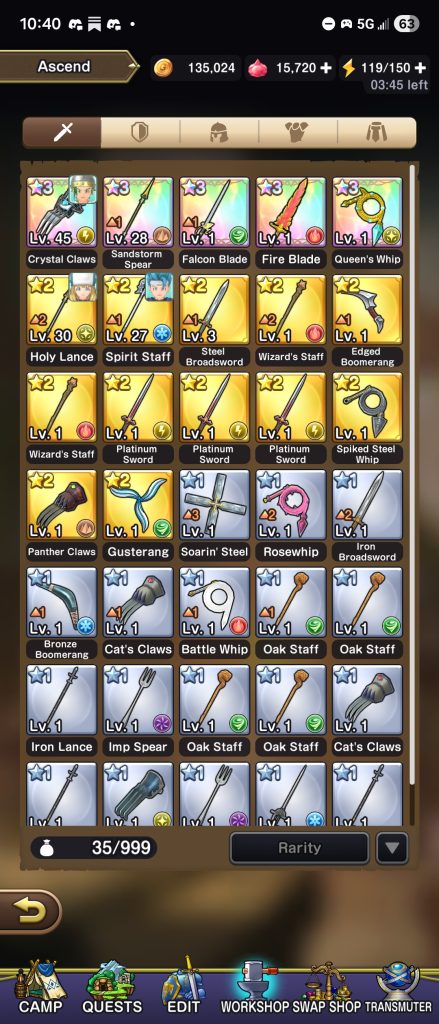
Playing through levels costs stamina, of course, a resource that refills automatically over a long period of time (or instantly if you use Stamina vials). Invariably, there will be a moment when you wish to continue grinding out levels, but can’t because the app has decided you’ve had enough, circumventing the satisfaction center of your brain. You often don’t get your fill of play before you are cut off, so that when you return to the app, you’re ready for more.
Personally, these mechanics drive me insane. I’m already barely having fun with the mediocre gameplay and uninteresting story. Having the game tell me I’m no longer allowed to play, just shuts off whatever engagement I had with it.
I’d like to tell you that after hours of claiming, ascending, and combining, I realized I wasn’t actually playing, only performing the ritual of a game. But the truth is, I knew the deal going in. I played DQ Stars when it launched five years ago, a game with much less interesting combat and equally predatory mechanics. Additionally, Dragon Quest Tact had the best combat of all these gachas, but the same auto-battling option caused me to feel like I was only there to buy the in-game currency that kept the game moving.
The gacha pulls in Smash/Grow follow in the footsteps of DQ Stars, giving gear that is recognizable to die-hards of the Dragon Quest series. This is significantly less compelling than the monster and hero pulls from Dragon Quest Tact. Unfortunately, if you’d like to experience that game, you’ll have to settle for Japanese, as the global version shut down almost two years ago (just as Stars Global did in 2021, and Stars Japan will on Oct 31st 2025).
It’s a frequent joke that the next Dragon Quest mobile game will launch and shutdown on the same day in an effort to streamline production, but there’s a lot of truth to the fear that any money spent in these games will have been wasted in a year or so. This casts the entire genre in the role of doomed experiment. All online gachas end eventually, and the fruit of players’ investment, both in time and money, will be naught. This isn’t to mention the damage dealt to games preservation by this practice.
These games make me nihilistic. They reveal how much of modern media exists just to keep our hands busy. There’s so much left to understand, to create, to experience. And I am here, sitting in front of my phone, looking at this game. One day I’ll be dead, and DQSG will have been something that consumed a fragment of my limited time on Earth.
And yet, tomorrow, I’ll probably log in to claim my daily bonus. Not because I want to, or even because I’m caught in some addiction cycle. Just because that’s what these games do. They turn logging in into muscle memory.
